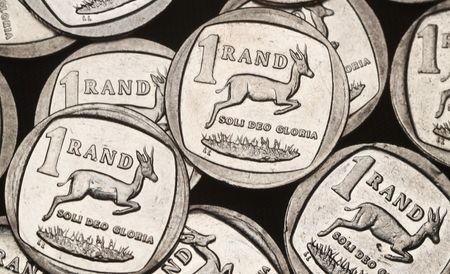By Sam Li and Lewis Jackson
(Reuters) – Oil prices fell on Friday, extending the previous session’s hefty losses as concerns about oversupply and weaker U.S. demand outweighed worries about the risk of supply disruption from conflict in the Middle East and Ukraine.
Brent crude futures fell 55 cents, or 0.83%, to $65.82 a barrel by 0703 GMT, and U.S. West Texas Intermediate crude fell 57 cents, or 0.91%, to $61.80.
“The (U.S.) inflation battle doesn’t quite look won, which dampens the demand outlook for oil from the world’s largest economy,” said Priyanka Sachdeva, senior market analyst at brokerage Phillip Nova.
“Even geopolitical unrest is failing to support oil prices, as fundamentals point to an oversupply and lacklustre demand,” Sachdeva added.
Government reports on Thursday showed U.S. consumer prices in August increased by the most in seven months and a surge in first-time applications for unemployment aid last week.
The data fuelled expectations that the Federal Reserve will cut interest rates next week to try and boost economic growth, which would in turn drive up demand for oil.
Oil prices had gained as much as 2% earlier this week on the potential for disruptions to output or trade flows from conflicts, but the benchmarks started tumbling on Thursday – wiping out those gains.
The slide began after the International Energy Agency (IEA) said in a monthly report that world oil supply would rise more rapidly than expected this year due to planned output increases by the Organization of the Petroleum Exporting Countries and allies such as Russia, a grouping known as OPEC+.
OPEC, in its own report, made no change to its relatively high global oil demand growth forecasts for 2025 and 2026, saying the world economy was maintaining a solid growth trend.
The crude market keeps toggling between surplus supply pressures and concerns about short-term disruptions, but the geopolitical worries are providing diminishing support to prices, SDIC Futures said in a daily report.
OPEC+ decided on Sunday to further raise its oil output quotas from October as the group’s leader, Saudi Arabia, pushes to regain market share.
Saudi Arabia’s crude oil exports to China are set to surge, several trade sources told Reuters on Thursday, with state-controlled energy firm Aramco shipping about 1.65 million barrels per day that way in October, up sharply from 1.43 million bpd allocated in September.
In Russia, the world’s second-biggest producer of crude behind the U.S. in 2024, revenue from crude and oil products sales declined in August to one of the lowest levels seen since the start of the war in Ukraine, the IEA said.
An Energy Information Administration report on Wednesday said U.S. crude stocks rose last week by 3.9 million barrels to 424.6 million barrels. [EIA/S]
(Reporting by Sam Li and Lewis Jackson in Beijing; Editing by Tom Hogue and Helen Popper)











